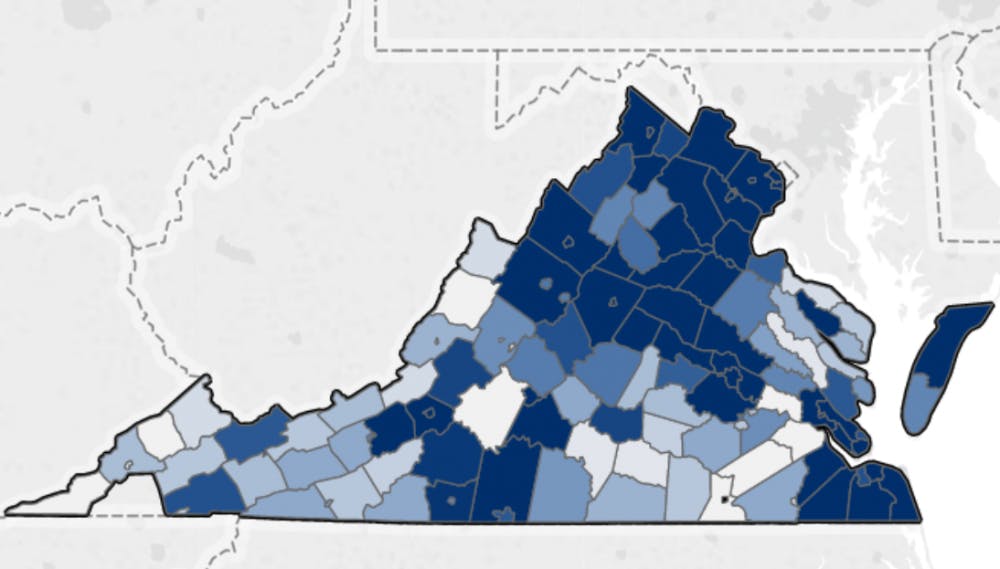Diversity is a key issue in higher education — many institutions hold the fostering of a diverse, multicultural student body as one of their most important tasks. For the most part, these efforts at diversity focus on disadvantaged groups including African-Americans, Latinos and LGBT individuals. Now, according to a recent survey released by Inside Higher Ed, it appears that admissions officers realize they may have left one group out — rural students. In the wake of the recent election, fearing that universities are dangerously out of touch with a large portion of the population, some admissions officers have recommended increased recruiting targeted at rural, low-income students.
There is strong evidence supporting the contention that rural students are underrepresented at the nation’s top universities. One study found that in addition to being significantly less likely to continue their education beyond high school, rural students are also more likely to choose a two-year college. This runs contrary to statistics showing that rural students perform at or above the level of other students on the National Assessment for Educational Progress.
In part, this gap can be attributed to the cultural and geographic barriers which colleges face trying to recruit in rural areas. Rural students are much less likely to have contact with recruiters from large, four-year institutions. This is not surprising given the relative population densities of rural communities compared to their urban counterparts. The Dean of Admissions at Pomona College stated that rural population centers are rarely visited by recruitment staff, who focus on cities with more prospective students.
This lack of contact has no doubt led to one study finding that a majority of low-income, high-achieving students don’t apply to any competitive colleges, and that the colleges themselves focus their attentions on a small number of high schools. A follow up to this study, authored by Caroline Hoxby at Stanford and Sarah Turner at the University, demonstrated that by providing these students with information about graduation rates, net price of schools and fee waiver programs, they were able to increase the applications to and acceptance to competitive colleges.
Many college-access programs have been working to address this problem. For example, the College Board identified students in rural schools and sent them thousands of customized guides on the college application process. By examining their database of prospective students, they were able to find those high-achieving students who were underrepresented in higher education. Another college-access organization, College Forward, has partnered with a growing number of high schools in rural Texas to provide free counseling services.
Programs like these are important, as a lack of economic and social resources for rural students — of all races and ethnicities — puts them at a significant disadvantage in the application pool. Beyond that, rural students provide another element of what diversity advocates argue is needed — a unique view of the world and its sociopolitical issues. Some college leaders have expressed concern about this view, stating that the real diversity issue is the disparity in college attendance for black and Latino students. Although they are absolutely correct in saying that racial inequality in education is an urgent problem, this doesn’t mean that the rural gap should be overlooked in this conversation about inequity. Instead, we should view this as an opportunity for colleges to be a unifying force by reaching out to alienated communities facing their own obstacles in the realm of higher education.
Alexander Mink is an Opinion columnist for the Cavalier Daily. He may be reached at opinion@cavalierdaily.com.





